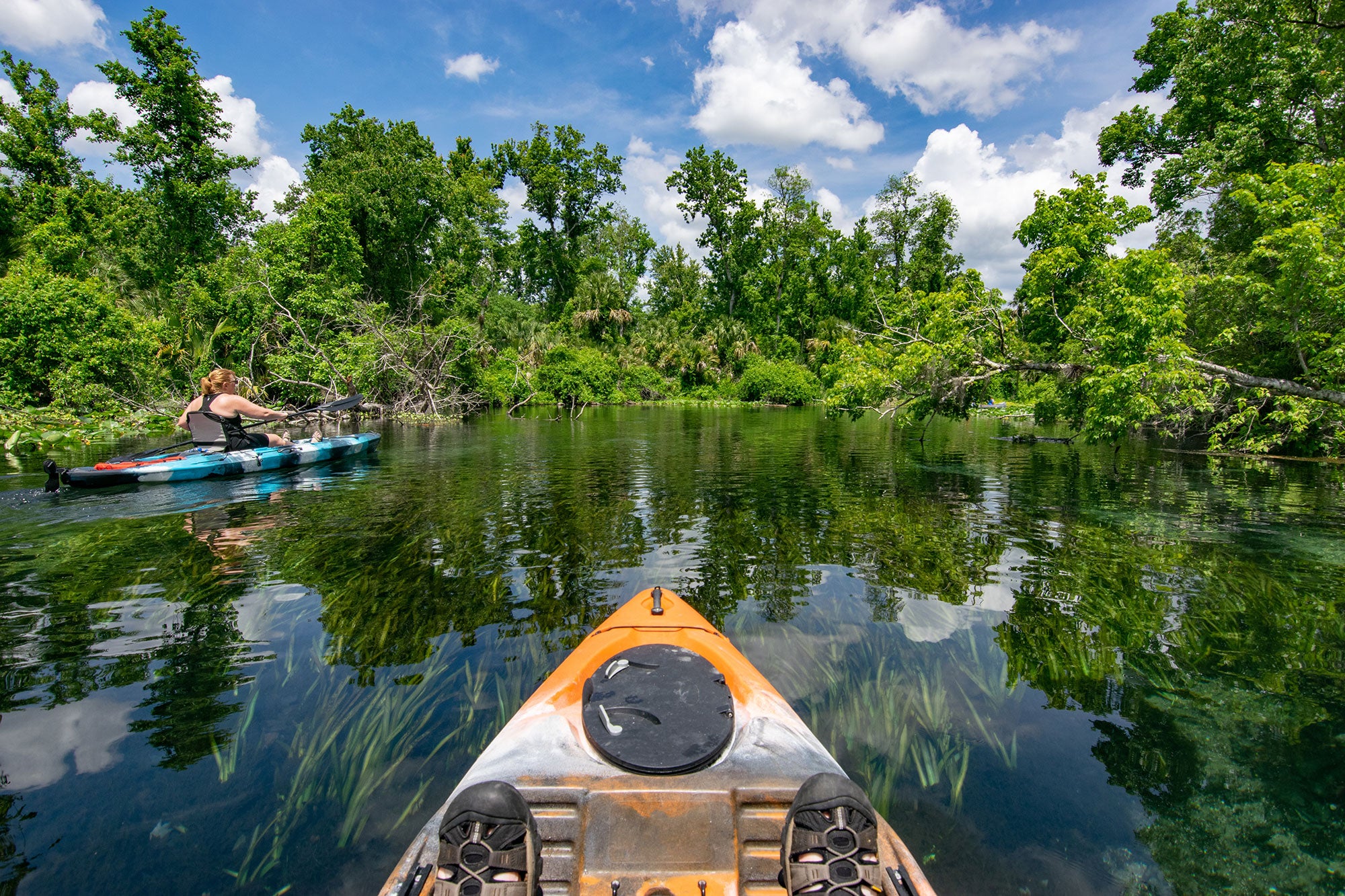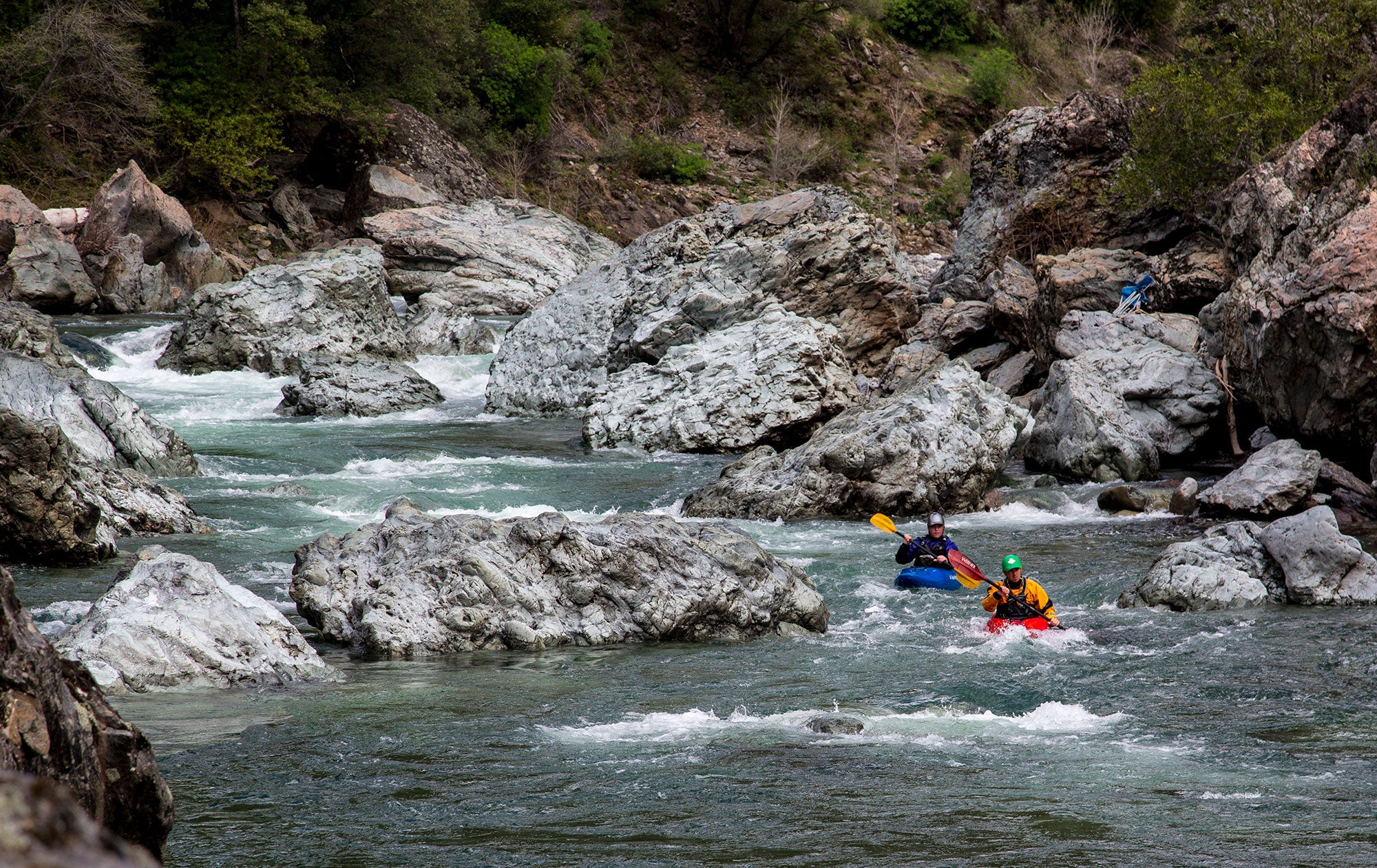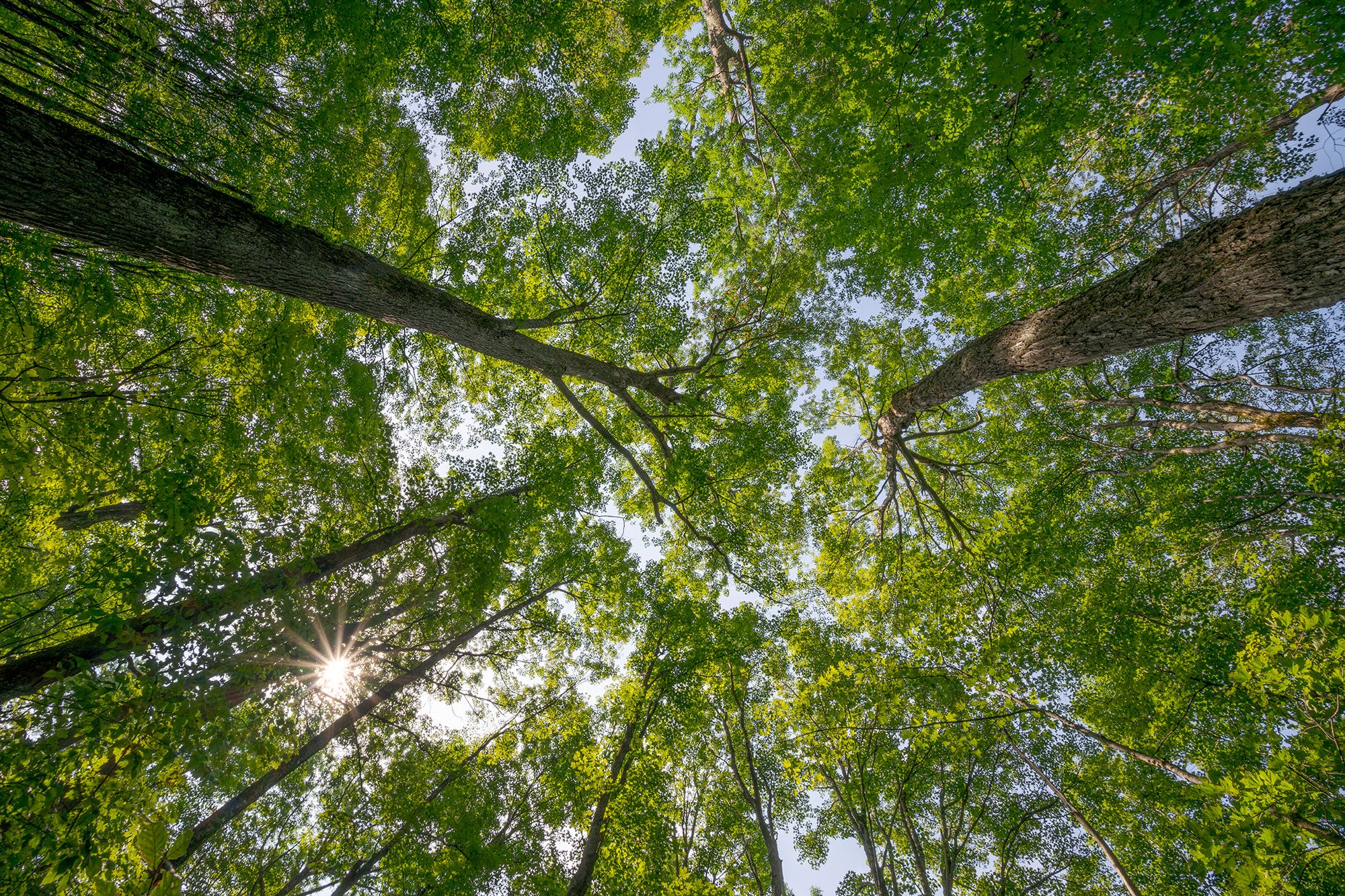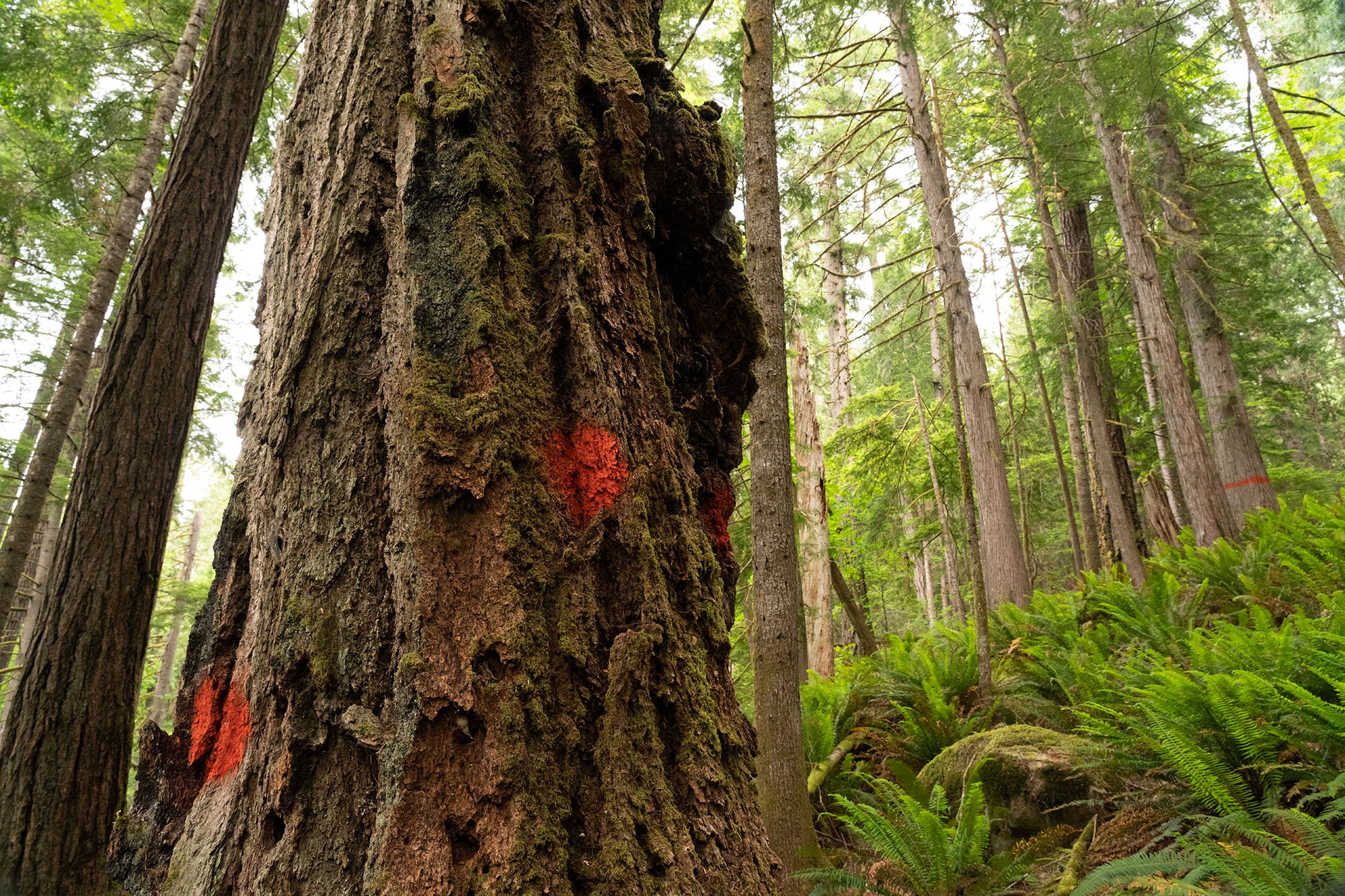Aug. 27, 2025
The Repeal of the Roadless Rule Threatens Our Wildest Public Lands
The Roadless Rule — the most important land and forest protection measure of our lifetime — protects 45 million acres of unfragmented, pristine national forest lands from clearcutting and damaging new roads.
Your voice is needed Tell the U.S. Forest Service to protect the Roadless Rule.
Where are areas protected under the Roadless Rule?
Across 36 states and Puerto Rico, the Roadless Rule protects about 30% of all national forest lands — bringing outsized benefits to ourselves and the natural world.
Find roadless areas near you with the Inventoried Roadless Area Explorer.
View interactive map / © OpenStreetMap contributors / © CARTO / USDA Data
Created in 2001 with an unprecedented level of public input — 600 public hearings, 1.6 million comments from the public considered — the Roadless Rule was, and continues to be, overwhelmingly popular with the American public.
The public wanted backcountry wild lands within the forest system protected for wildlife and people alike — and also wanted to end roadbuilding that benefited the timber industry at the expense of taxpayers.
“The Roadless Rule was a huge idea. It was an example of big-picture thinking that captured the public’s imagination and got a lot of attention and support.
“It has the potential today to reinspire a generation tired of short-sighted leaders."
Tom Waldo
Earthjustice attorney
Helped lead the legal fight for the Tongass National Forest and the Roadless Rule for two decades
What do Roadless-protected areas look like?
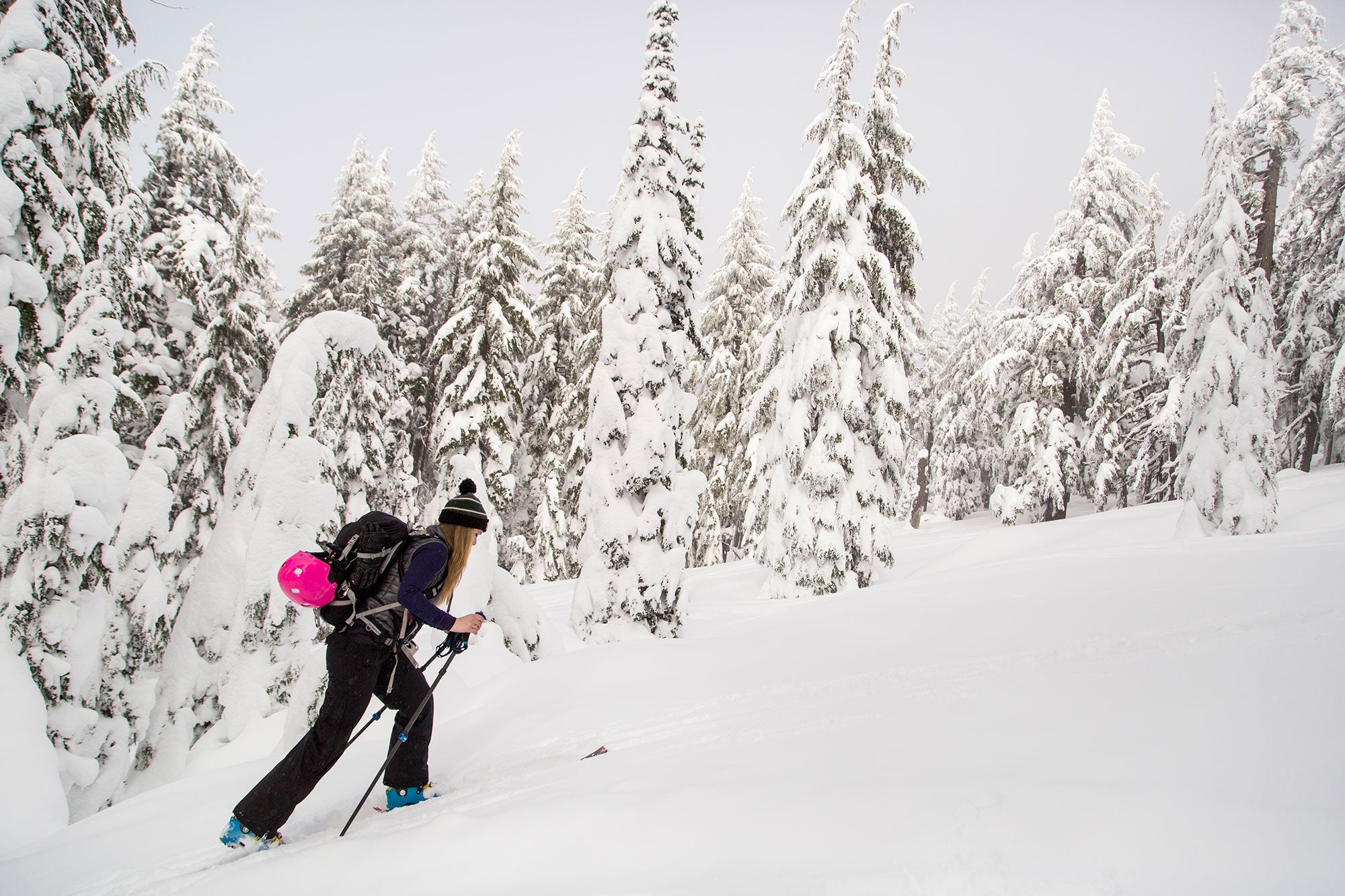
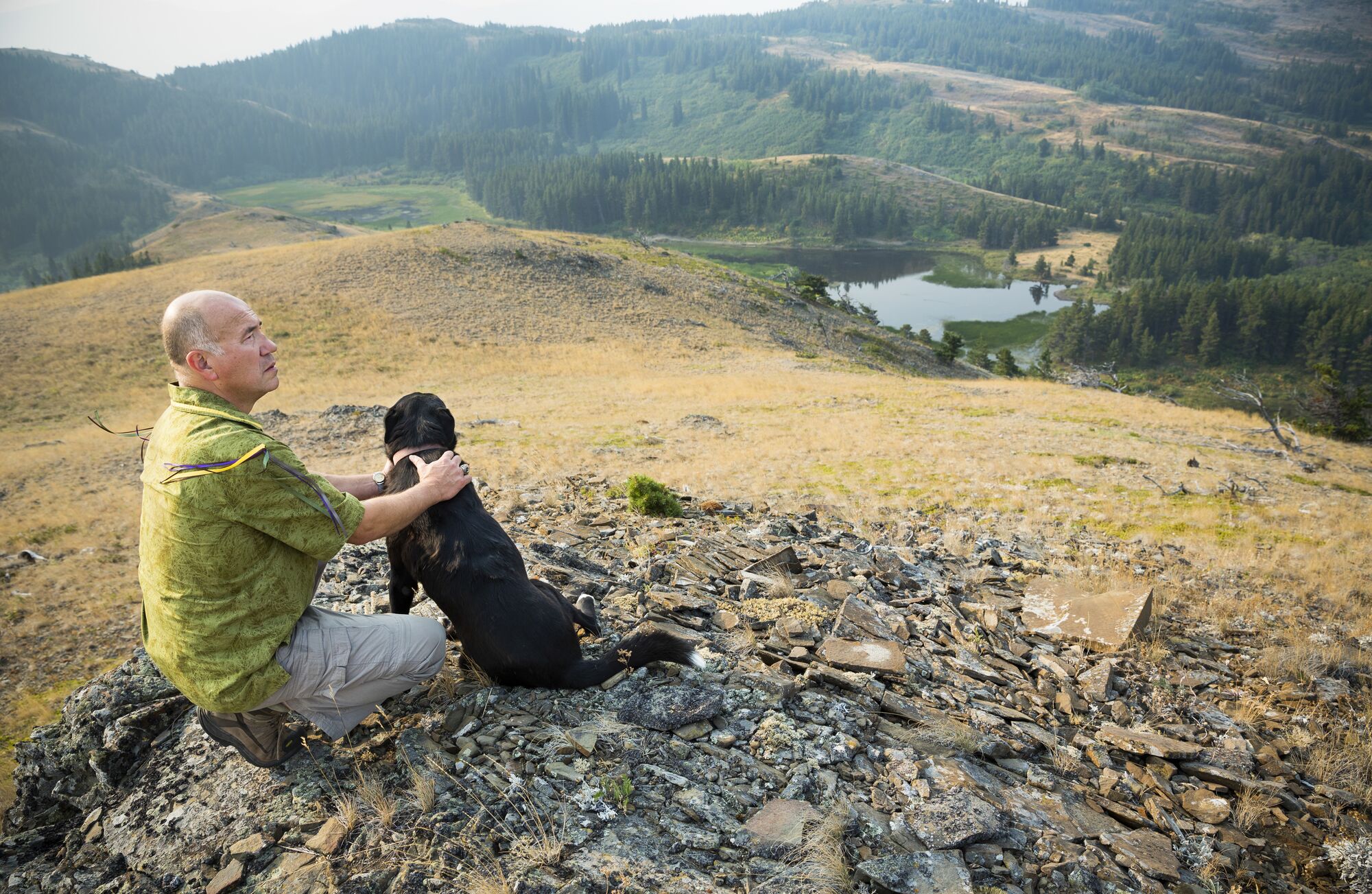
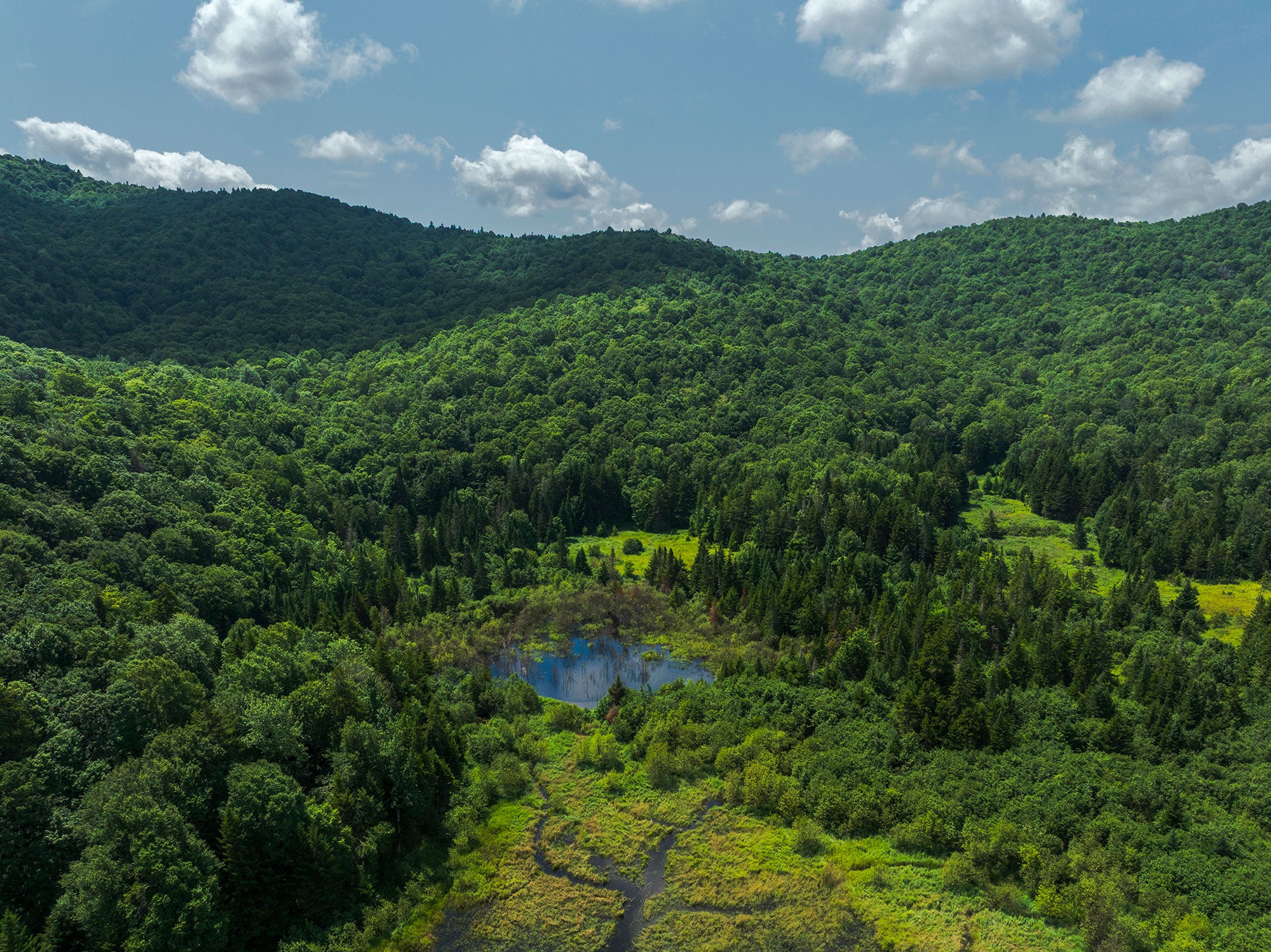
What has the Roadless Rule accomplished?
For more than a generation, the Roadless Rule has protected centuries-old stands of old-growth trees from logging and provided essential habitat for wildlife, abundant recreational opportunities, and critical buffers against climate change.
The Tongass National Forest is home to 800-year-old trees that were standing when the Magna Carta — the foundational legal document that was the first to publicly establish the monarchy is not above the law — was issued by King John in 1215.
The ancient trees were already hundreds of years old when Shakespeare wrote A Midsummer Night's Dream in the late 1500s and Carl Linnaeus established the two-part system for naming species in 1753.
And they had far passed the half-millennium mark when the first electric car was invented in the mid-1800s.
Mature and old-growth trees serve as key buffers against climate change by absorbing and sequestering carbon dioxide. The Tongass is estimated to store 20% of the carbon within all U.S. forests.
(One of the United States’ landmark environmental laws — the National Environmental Policy Act — is sometimes known as the “Magna Carta” of environmental law. The Trump administration is attempting to significantly weaken the National Environmental Policy Act. Earthjustice and a coalition of 200 conservation, environmental justice, Tribal, and civil rights organizations are formally opposing the changes.)
“Our clients in the Tongass are Tribes that are in the heart of the timber region of Southeast Alaska. They've said, ‘We've seen enough, and it's time to let the forest heal.’
“Their cultures have intertwined with intact forests for millennia. But they’ve borne the brunt of the industrial clearcuts."
Kate Glover
Earthjustice attorney
Working to protect the Tongass National Forest since joining Earthjustice in 2005

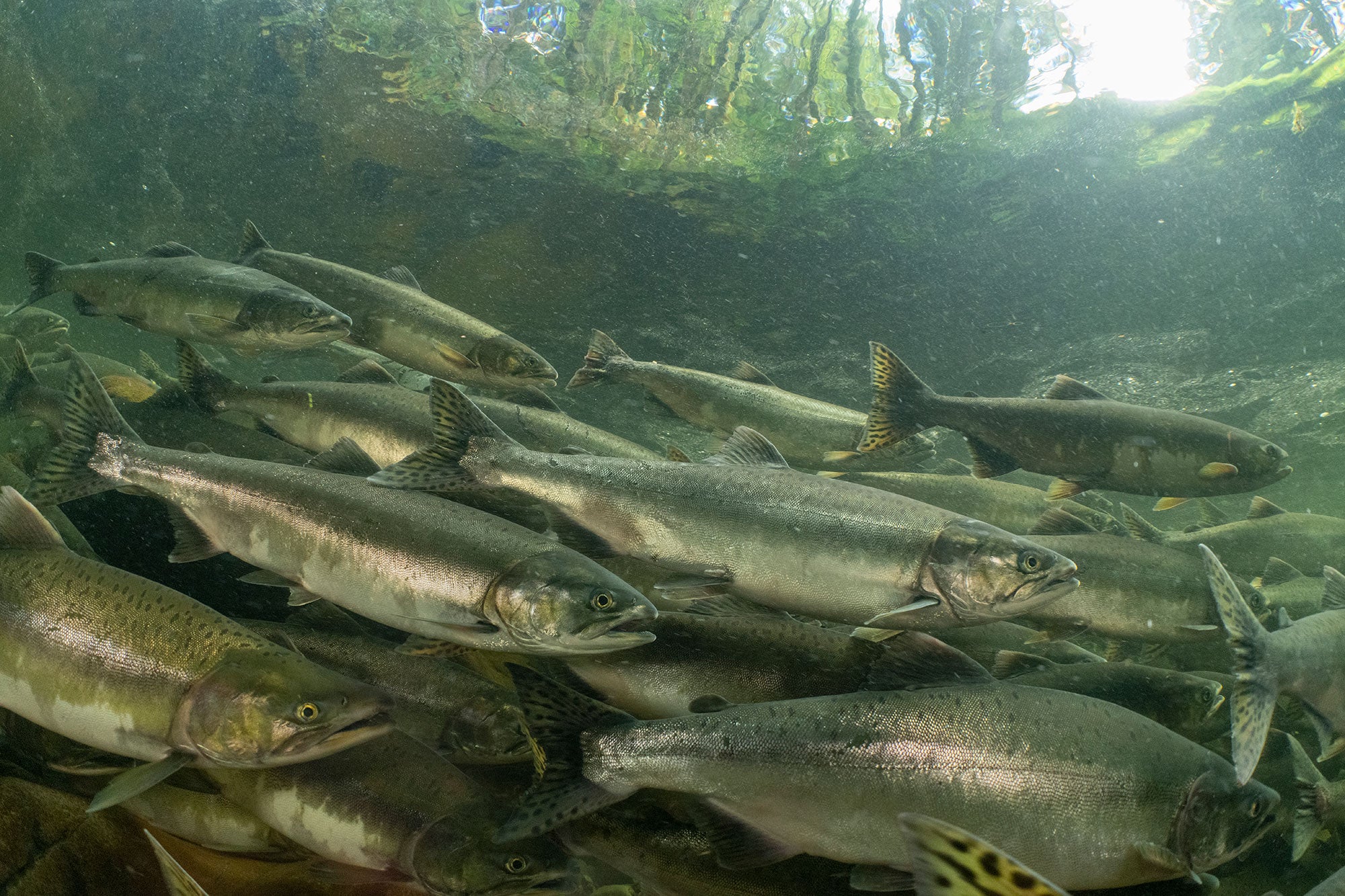
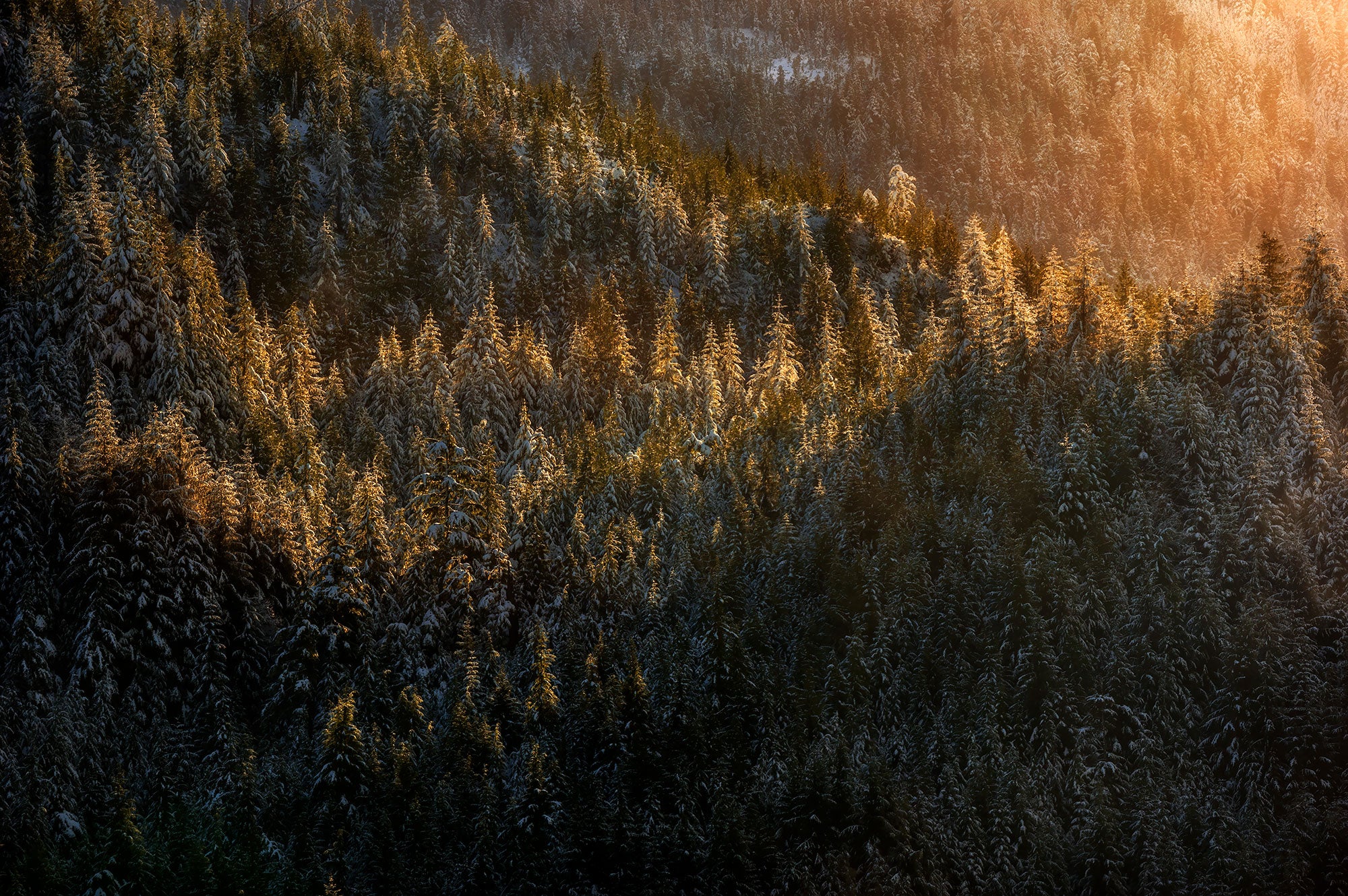
How is Earthjustice involved with the Roadless Rule?
From the beginning, the Roadless Rule has faced relentless attack from logging and resource extraction interests and political forces.
With each challenge, Earthjustice stepped in to vigorously defend the Roadless Rule, including when the government was unwilling to defend its own rule. The odds were long, and the legal maneuvering fast and furious for many years.
Watersheds that serve as drinking water sources for about one in every five people across the country — from thirsty hikers enjoying Roadless-protected areas, to small municipalities, to metropolitan cities, including Denver and Santa Fe — are protected by the Roadless Rule.
“The next time you turn on the tap,” explains scientist Dominick DellaSala, “chances are the water came from a local National Forest.
“And the cleanest of this water comes from watersheds free of roads and development.”
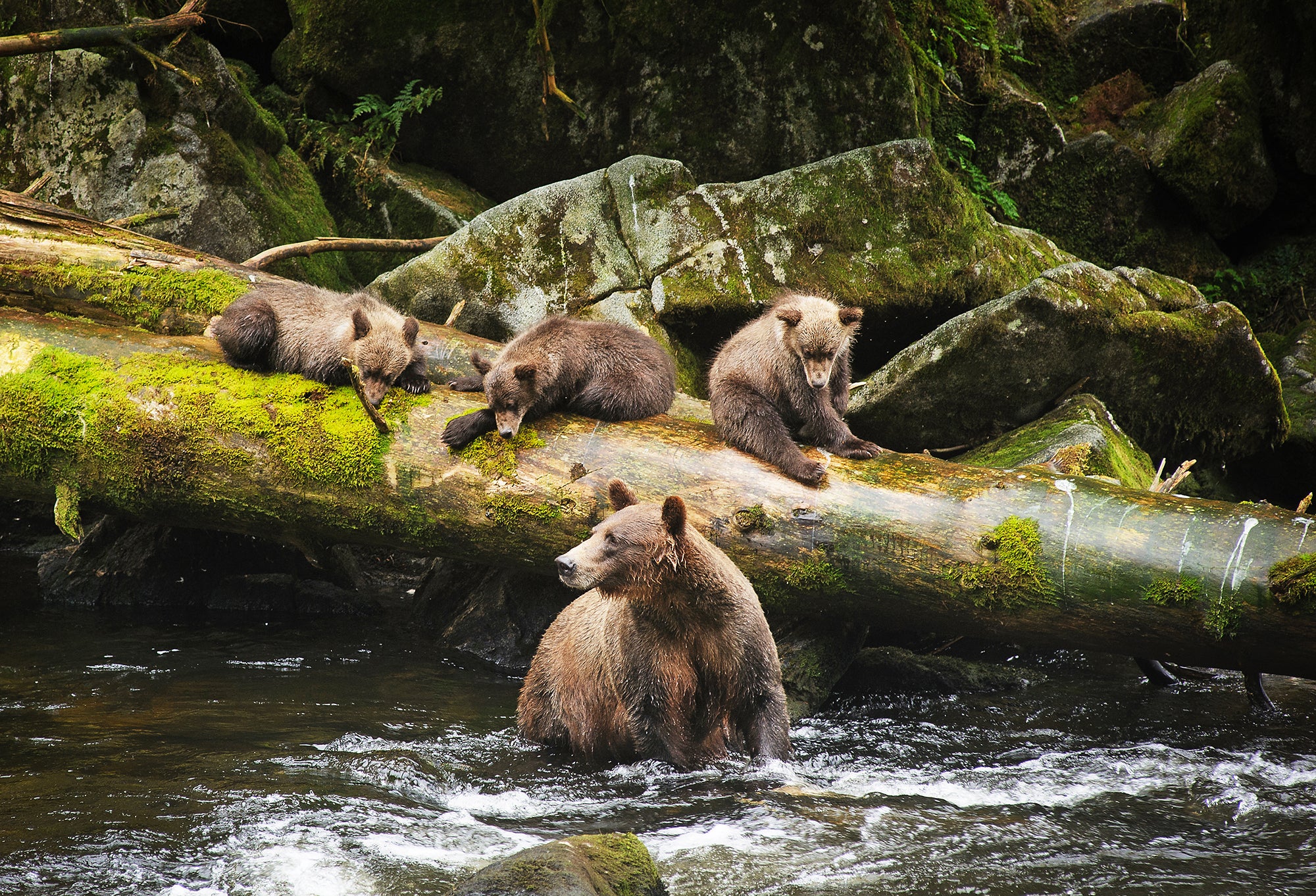

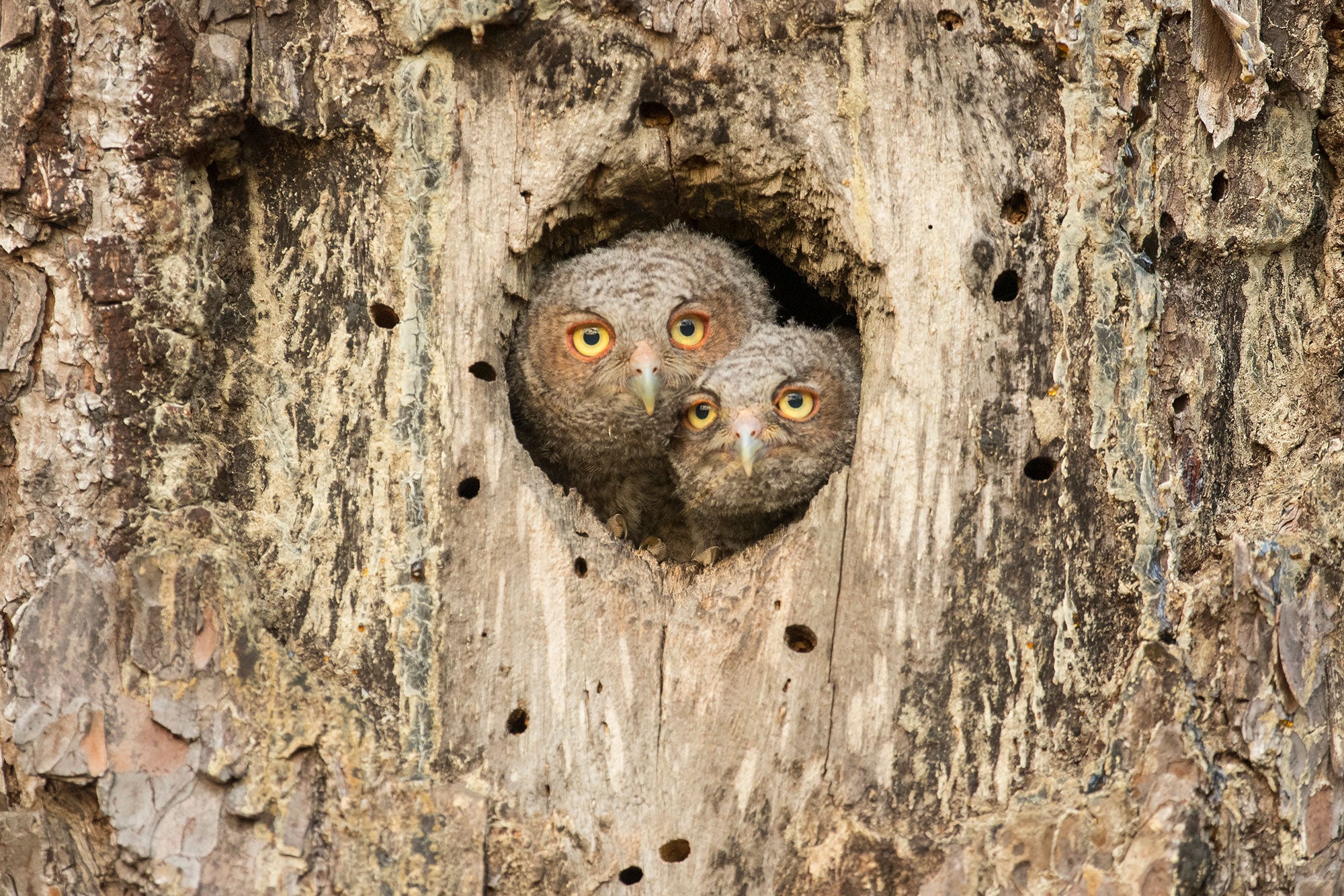
We had the law and the American people on our side.
Earthjustice and our allies began to win, one case at a time, in legal battles to defend the Roadless Rule that have now spanned three decades.
The Roadless Rule is flexible — while it prohibits clear-cutting of trees and construction of new roads in order to protect intact landscapes, the rule permits other economic development that are in the public interest, including tourism projects, hydropower, mining, and utility lines.
A 2011 study found that Roadless areas generated an estimated $600 million annually from recreation visits.
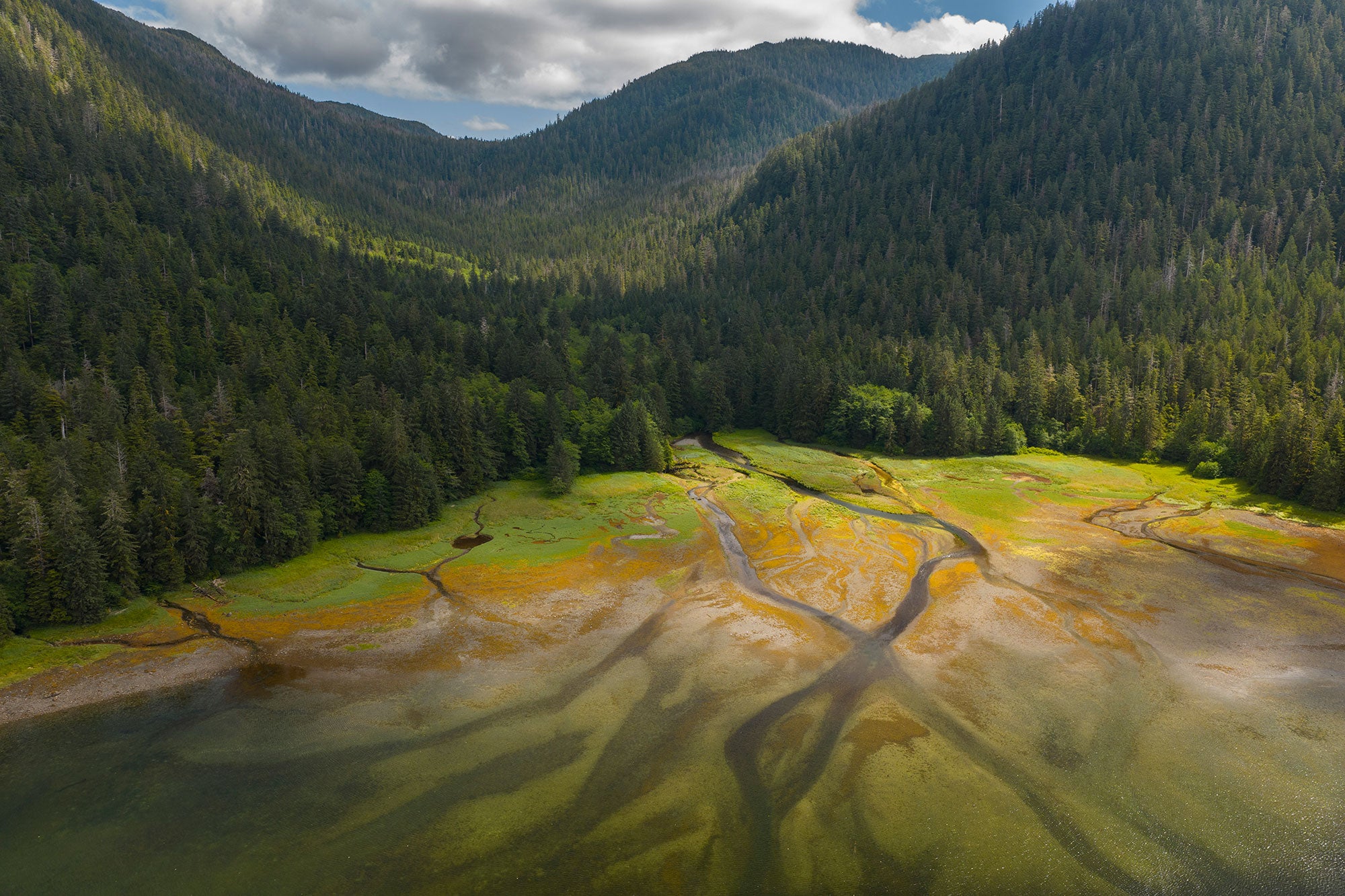
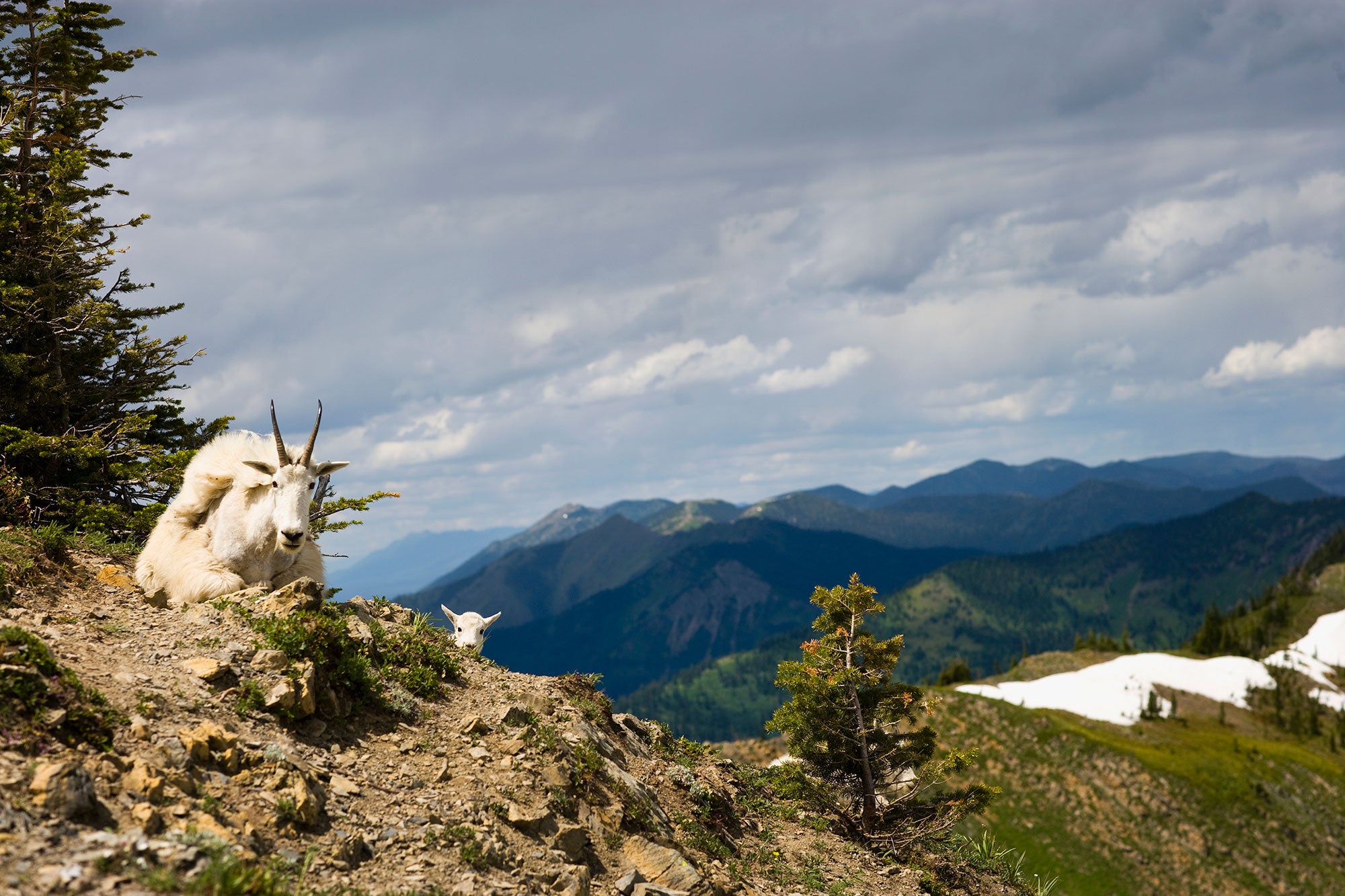
What’s happening now with the Roadless Rule?
In the latest attempt to undermine Roadless protections, the Trump administration has announced an official rulemaking process to rescind the Roadless Rule — laying the groundwork for a major increase in industrial logging.
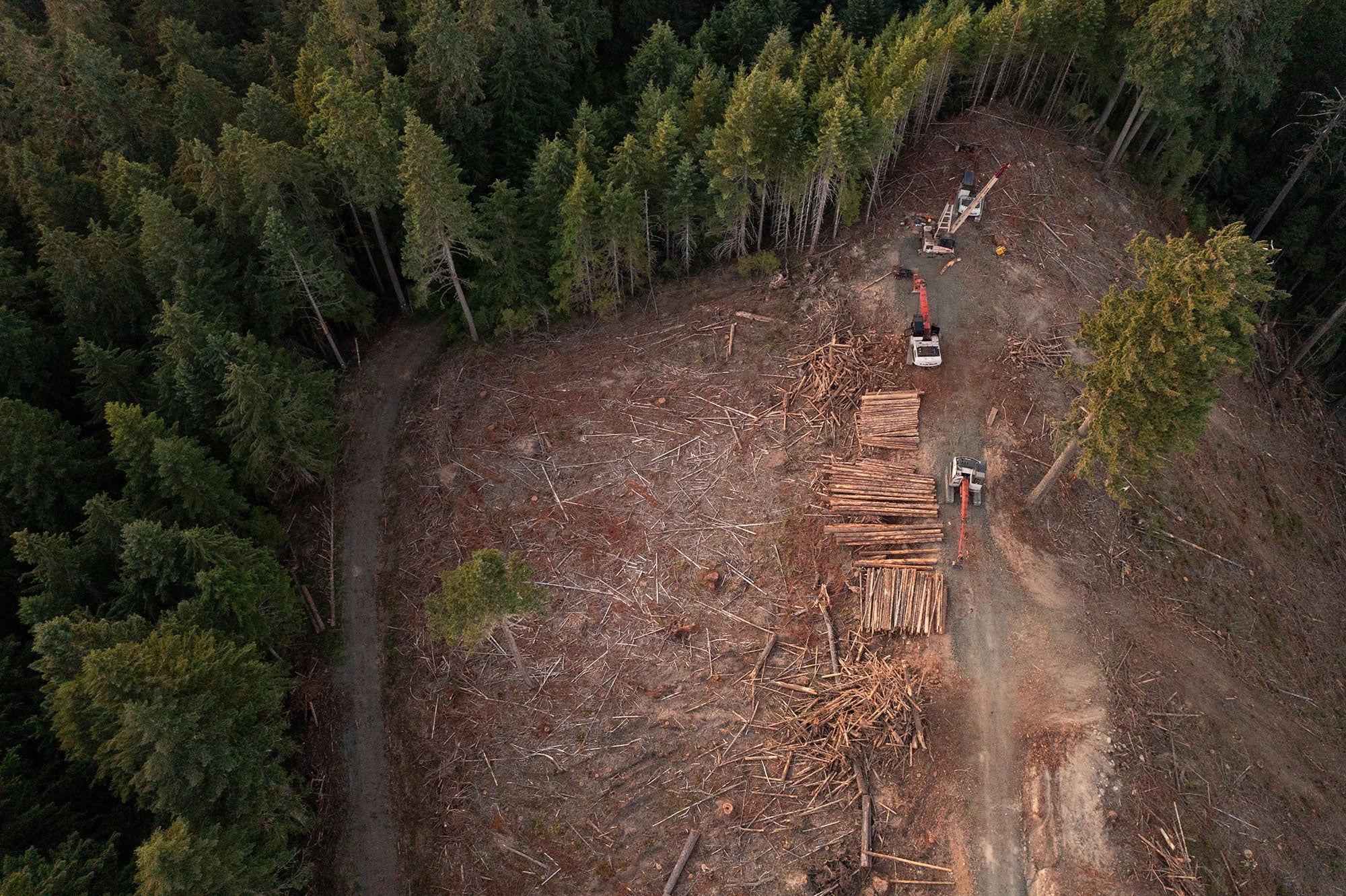
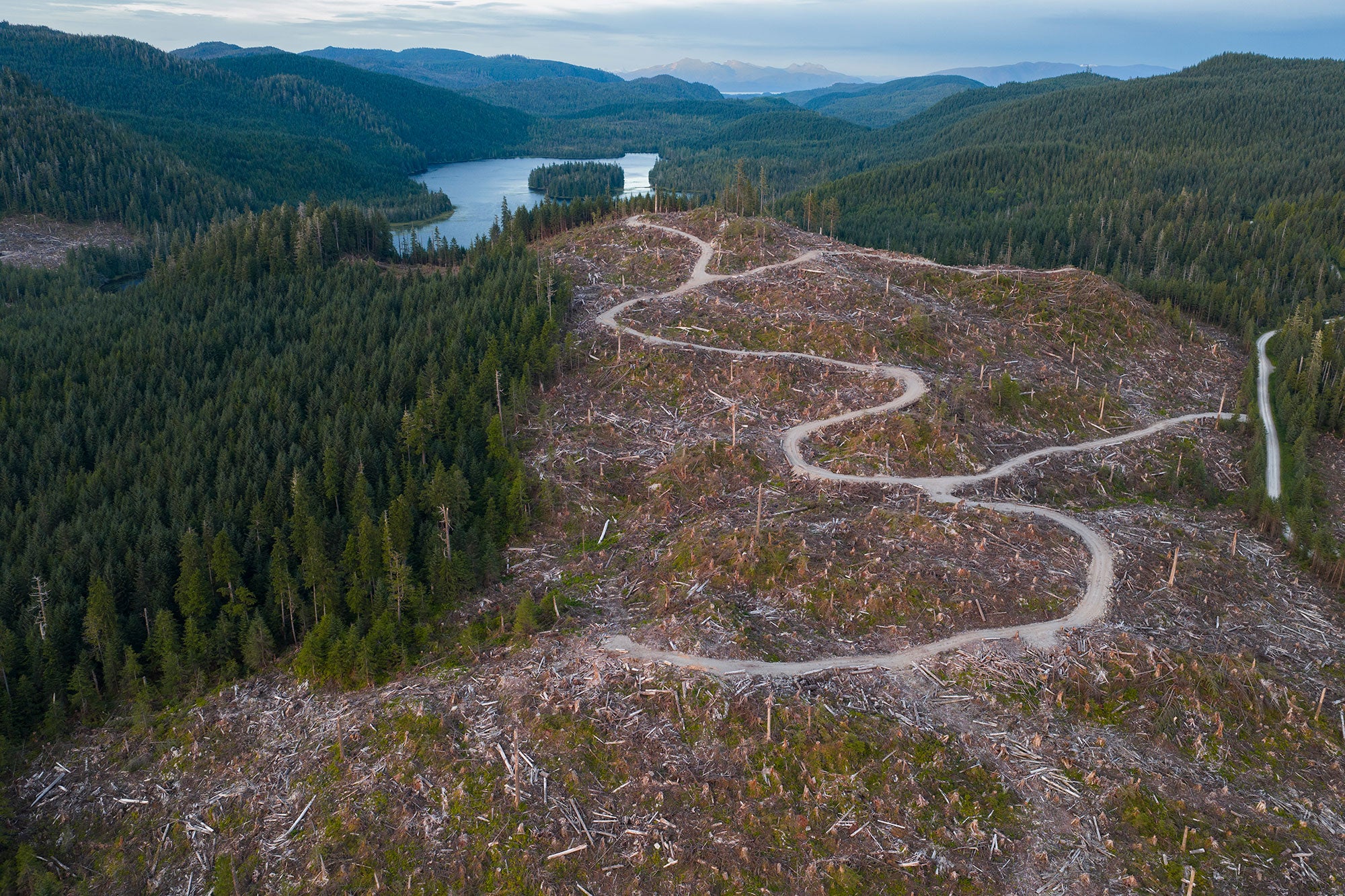

From Tribes to small business owners to wildland firefighters, many across the nation are working to save roadless forests.
These are lands that belong to all Americans, not the timber industry. Tell the U.S. Forest Service that you support our national forests and the wildlife that depend on them.
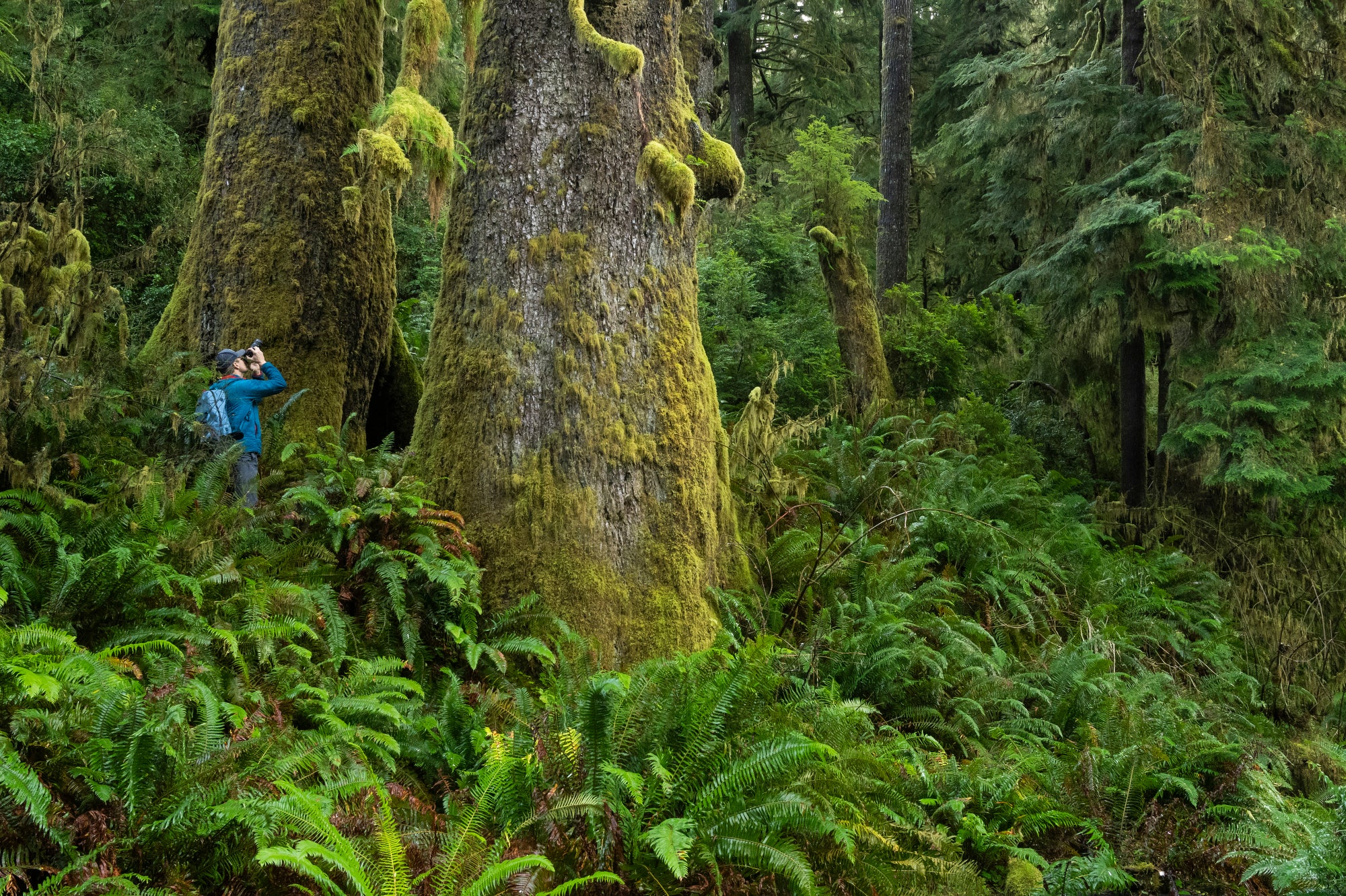
Oregon
Siuslaw National Forest
Old-growth trees in western Oregon. The Roadless Rule protects more than 13,000 acres in the Siuslaw National Forest from commercial logging and new road-building.
David Herasimtschuk
